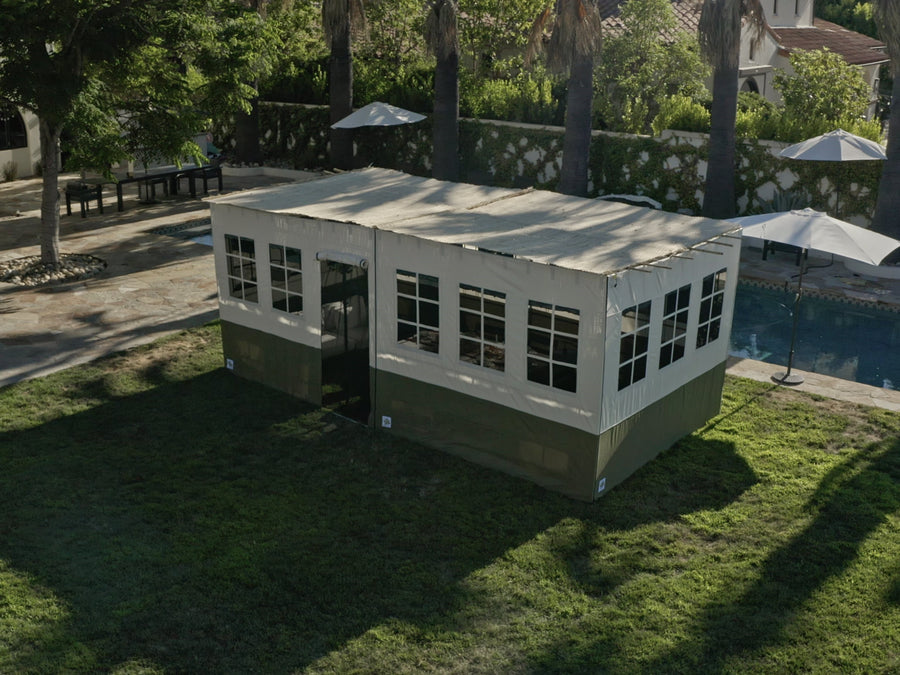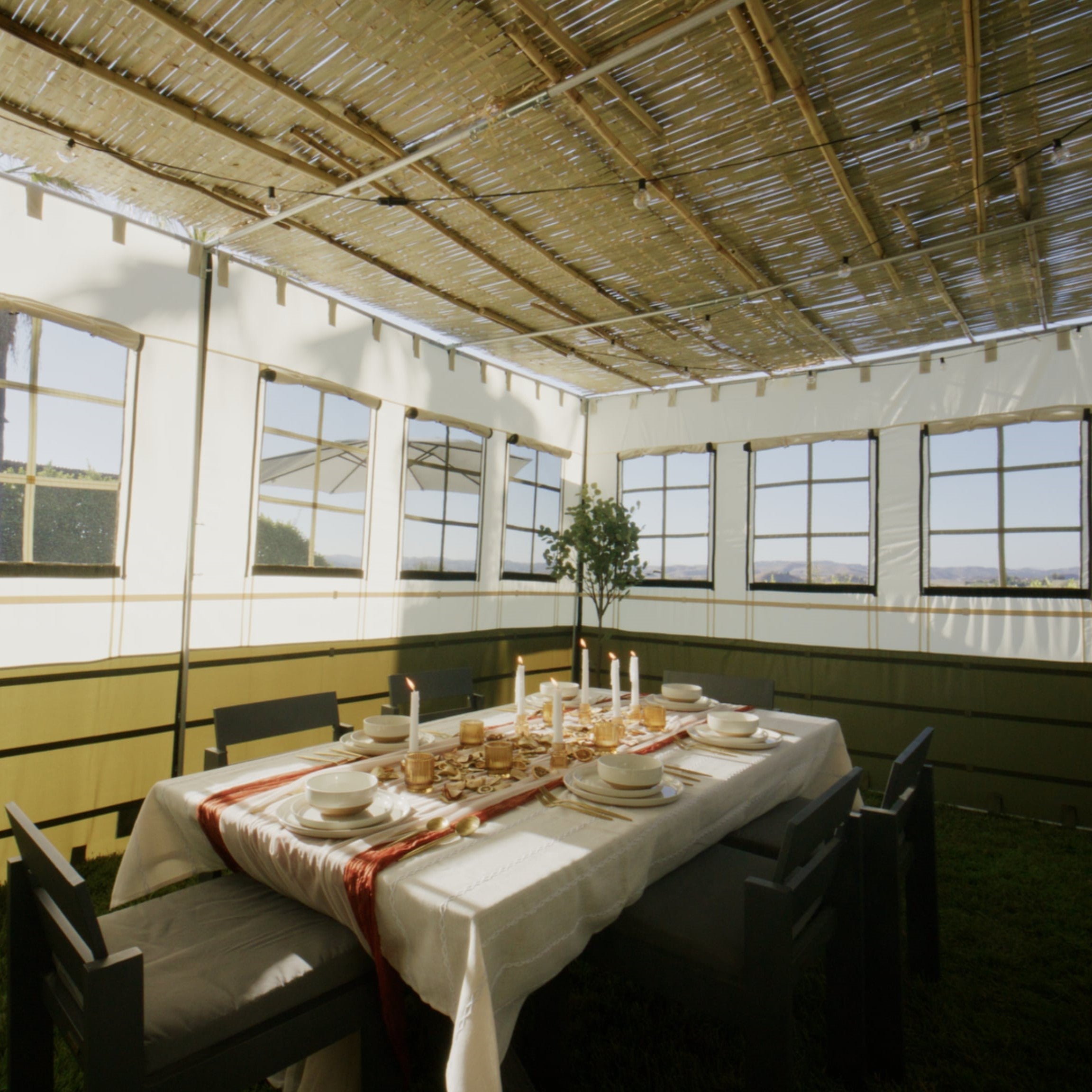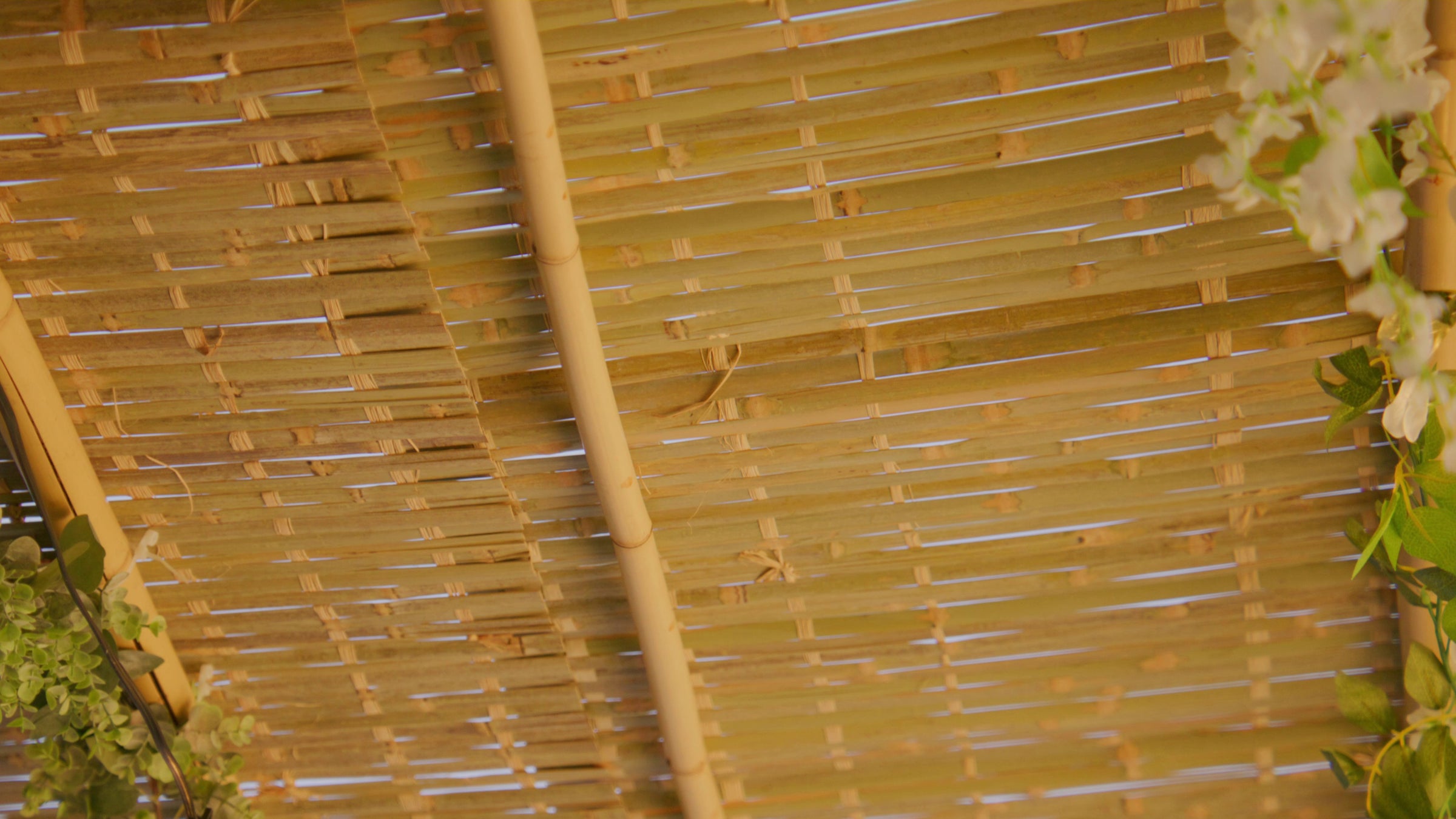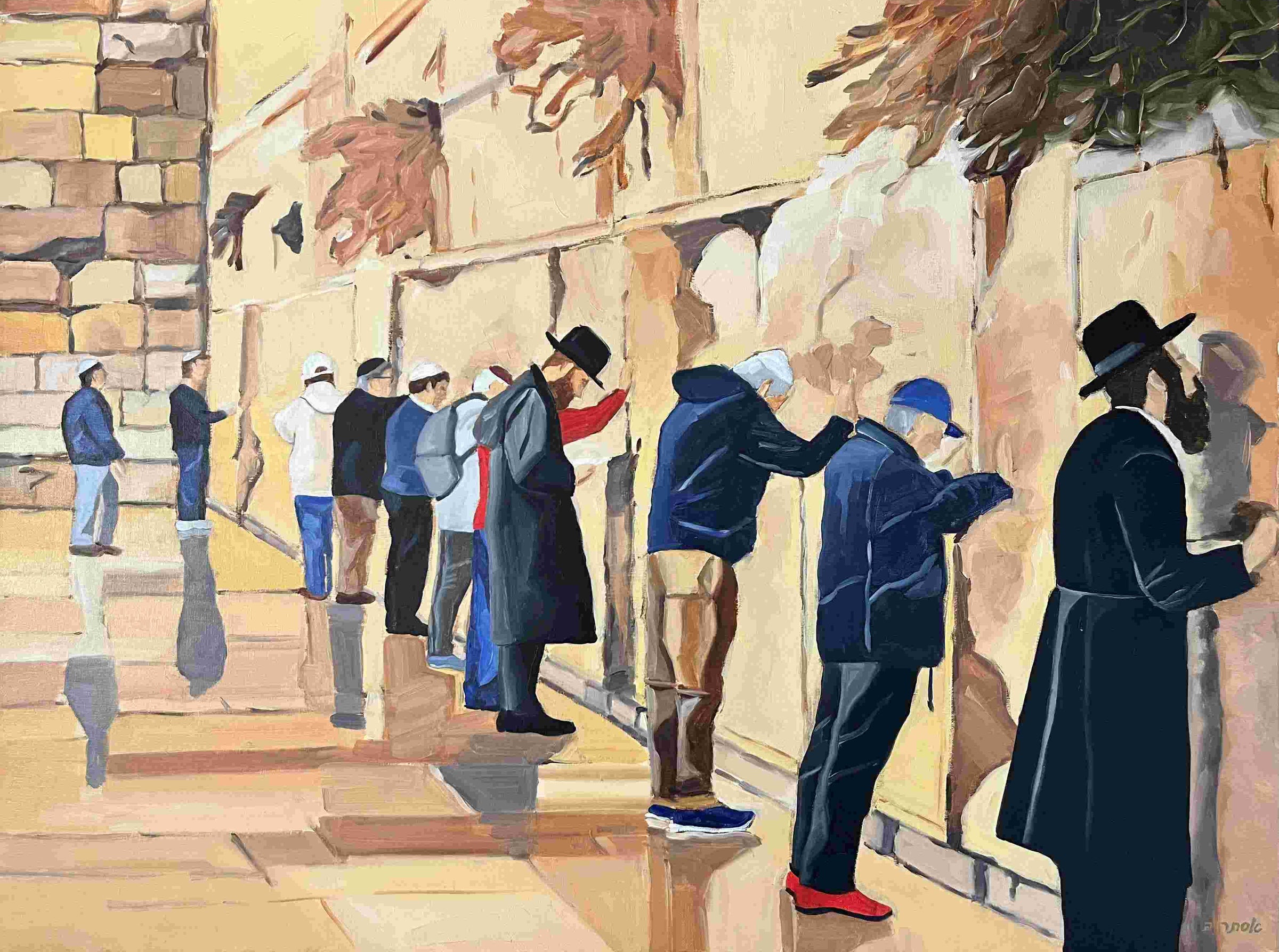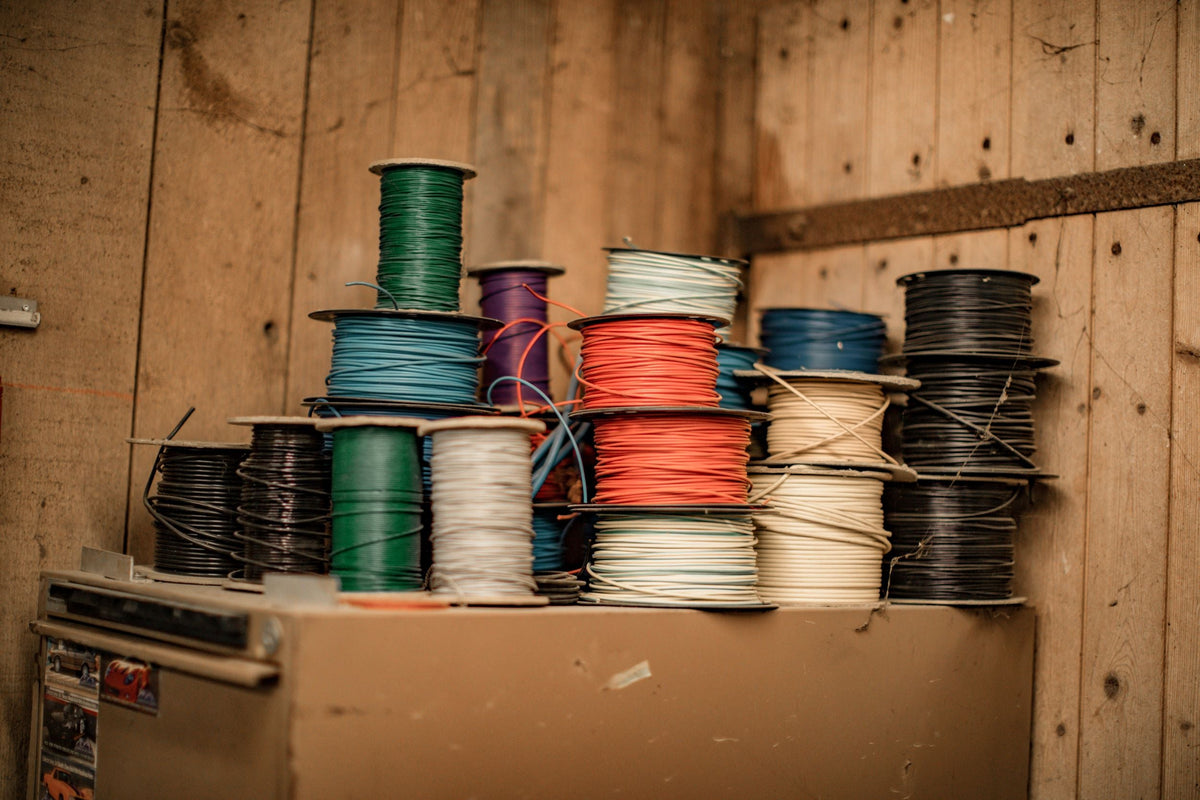

Table of contents
When you’re gearing up for a 3-day Yom Tov or a long Shabbat that flows seamlessly into Sukkot , the last thing you want is to discover you can’t carry from your house to your Sukkah . Enter the eruv: the miraculous blend of halacha (Jewish law), architecture, and just a little bit of physics. Building one might seem intimidating, but with the right know-how (and some fishing line), you’ll be connecting your house to your Sukkah like a pro.
Let’s break it down, shall we?
What Even Is an Eruv, and Why Do I Need One?
The Torah prohibits carrying objects from one domain (like your house) to another domain (like your Sukkah ) on Shabbat. To make carrying permissible, you need to establish the area as a single domain. That’s where an eruv comes in.
An eruv, in this context, is a symbolic enclosure that turns multiple spaces into one "private domain" (reshut hayachid). This is typically achieved by setting up boundaries that mimic walls or doorways. Don’t worry, we’re not talking about actual brick-and-mortar construction – just some clever string work and a few strategically placed posts.
Eruv 101: The Two Big Rules
To carry within an area, two conditions must be met:
Unified Ownership
The entire area must be considered “owned” by a single entity. If your house and yard are on the same property, you’re probably good. If not, you might need an eruv chatzeirot, a communal agreement that symbolically joins spaces.-
Enclosed Area
The area must be fully enclosed. This doesn’t mean solid walls; halacha allows for creative solutions like symbolic doorways, known as tzurat hapetach (literally, "form of a doorway").
How to Create a Tzurat hapetach
A tzurat hapetach is your go-to structure for connecting your house to your Sukkah . It’s essentially a DIY doorway made of two vertical posts (lechi) and a horizontal string (koreh) stretched tightly above them.
Here’s what you’ll need to know:
lechi (Vertical Posts) :
These need to be at least 40 inches (10 tefachim) tall. Thin wooden strips or even PVC pipes work well.Koreh (Horizontal String) :
Fishing line is a popular choice – it’s sturdy, lightweight, and blends in nicely. The string should be taut, with less than a 9-inch sag to meet halachic requirements.
Positioning :
Place the lechi so the string runs directly over them. While some opinions allow using existing structures like fence posts, stricter rulings recommend setting up dedicated lechi to avoid disputes.
Mapping Out Your Eruv
Picture this:
Your house is one wall.
Your Sukkah is another.
Now you just need to “close off” the space in between.
Depending on your layout, here’s what might work:
Scenario 1: A Mostly Fenced Yard
If your yard is already fenced in, you might only need to cover gaps. For instance, if you have a driveway opening, you can set up a tzurat hapetach across it.-
Scenario 2: Open Space Between the House and Sukkah
In this case, you’ll need to set up multiple tzurat hapetach structures to enclose the area entirely. Think of it as creating an invisible fence with strategically placed doorways.
The Halachic Fine Print
Eruv-building isn’t a free-for-all. Here are some technical points to keep in mind:
Gap Rules
Any gap in your enclosure can’t exceed 9 inches. Larger openings must be closed with a tzurat hapetach or additional walls.Height and Distance
Your lechi need to be vertical and straight. The koreh mustn’t droop more than 9 inches, so secure it tightly.-
Consult a Rabbi
While this guide gives you the basics, you’ll want a halachic authority to review your setup. Rabbis are the unsung engineers of the eruv world!
Why Bother?
You might be wondering, “Can’t I just wing it?” Here’s the thing: eruvin are about more than technicalities – they’re about enabling a stress-free Shabbat. Carrying your kiddush cup or a plate of kugel from the kitchen to the Sukkah without the ‘am-I-breaking-Shabbat-stress’ lets you fully embrace the sanctity of this holy day.
Resources for the Eruv Enthusiast
The Shulchan Aruch : Your primary source for halachic guidance.
“Laws of an Eruv” by Rabbi Aryeh Kaplan : A detailed but approachable resource.
Local Eruv Maps : Many communities publish guides to help residents navigate their eruv setups.
- Online Diagrams : Check out sites like YISE.org for visual aids that simplify the process.
Final Thoughts
Building an eruv from your house to your Sukkah might seem daunting at first, but with some planning, it’s a manageable and meaningful project. Plus, you’ll earn major bragging rights at your next Shabbat dinner when you casually mention “constructing a tzurat hapetach.”
So grab your fishing line, dust off your toolbox, and get ready to turn your backyard into a halachic haven. Shabbat shalom – and happy Sukkah hopping!
